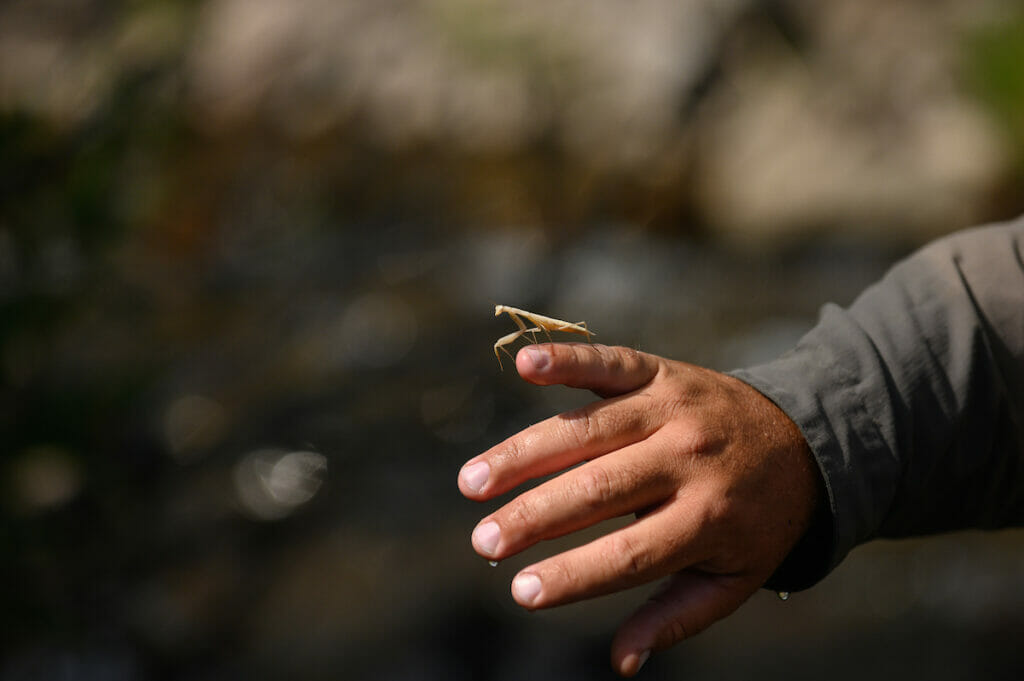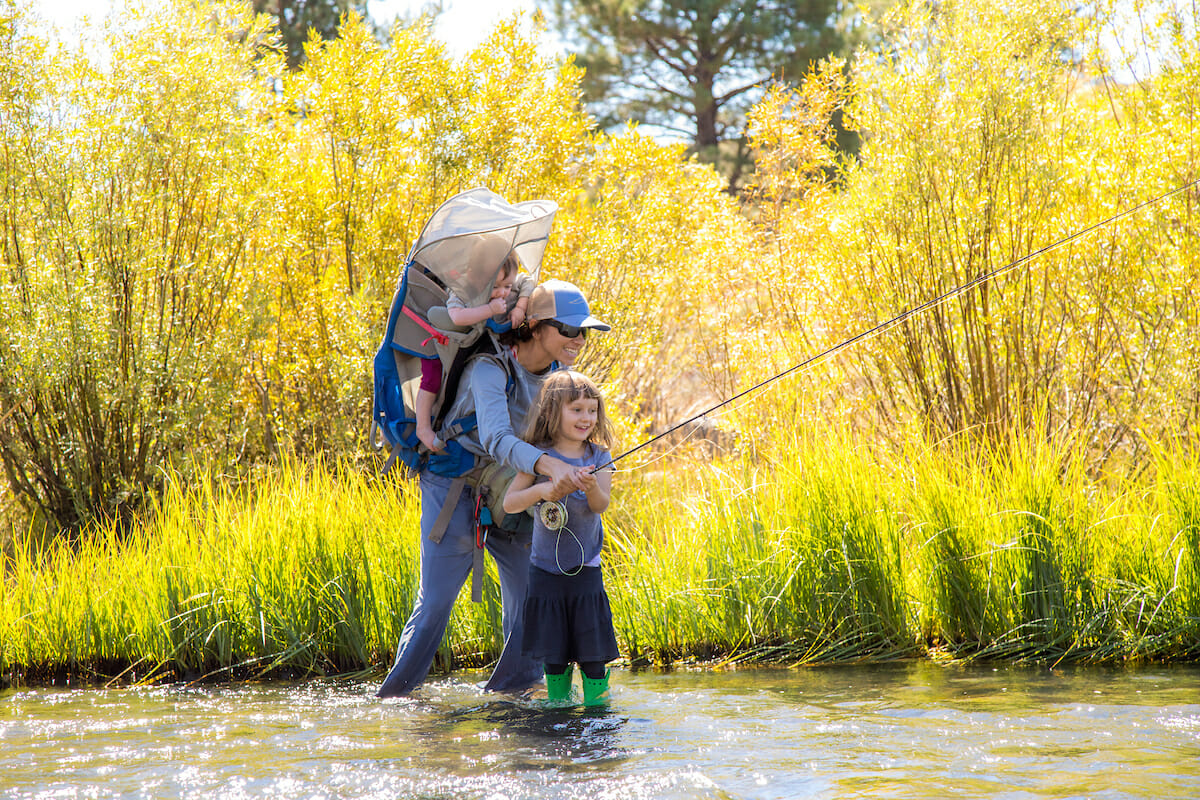(This will make sense at the end of the story)
Here are two true-life scenarios that played out in the past couple weeks in the waters where I fish and call home.
Situation 1: A father comes into the fly shop, hires out a guide trip for his two sons, ages 12 and 14. Dad wants to get the boys on fish and thinks a guide trip is the key to making them “love trout fishing.”
Now, the truth is that Dad is already a manic angler, has fished all over the world and owns all the expensive gear, but he can’t flip the switch with his kids. So, he lays the charge on the guide: “I’m expecting you to make my kids love fly fishing. I’m hoping you’ll get them to catch as many fish as possible. No pressure (wink-wink) but I want them reeling in fish all day… and that’s what I’m paying you for.”
In this case, the young guide has no choice but to put the boys on bobber-nymph rigs and try to catch as many trout as possible. Which works fine—they land fish, take some photos, and call it good. But as soon as they come off the river, both kids reach for their cell phones.
Situation 2: A father goes fishing with his son and a guide friend in the backcountry, “blue lining” as it were. They hike a mile to a meandering mountain brook where the trout aren’t very large, but they eat dry flies. Along the way, father and son slog through marshy wetlands, and rock-hop over feeder creeks. They see nobody else. They tie on some flies, and make difficult casts, often catching the branches of the conifers along the stream.
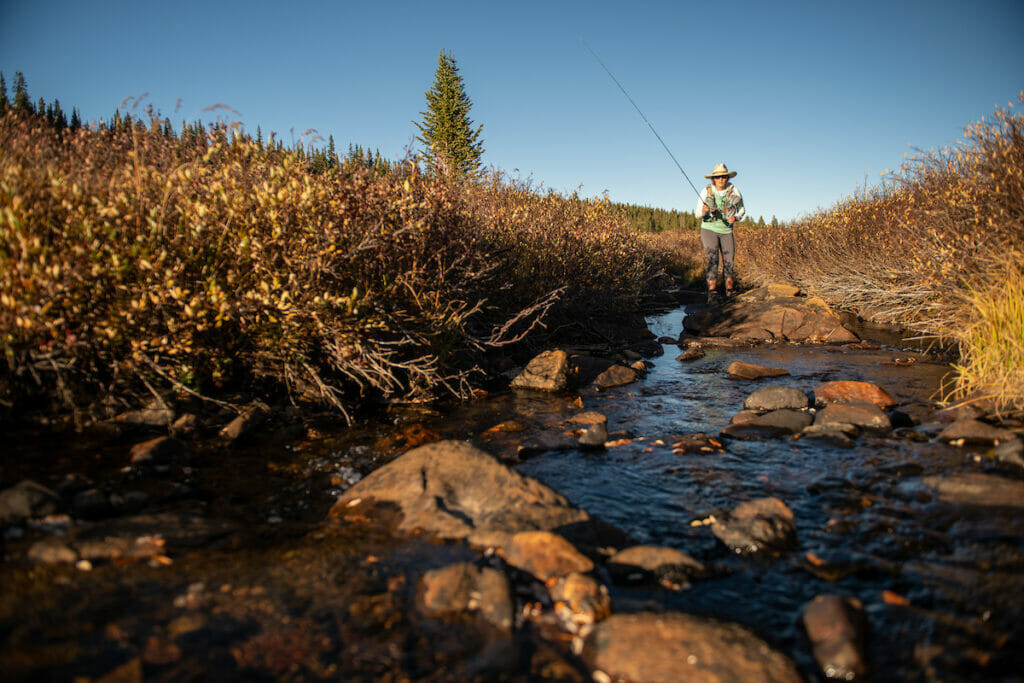
Moreover, they take some time to look around. They appreciate the birds and follow the game trails. They dig into the riverbanks and look for crayfish or frogs. They ultimately catch a handful of fish, eat a few for lunch, and, at the end of the day, call it more than good. .
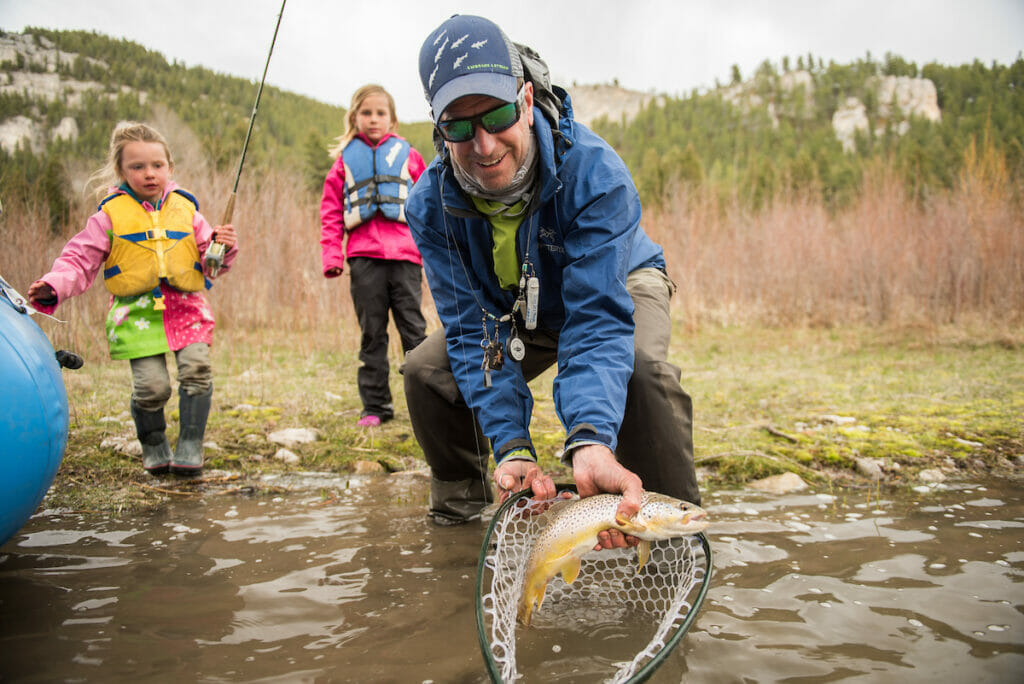
Now… you tell me where the real, sustainable future of fly fishing for trout lies.
For better or worse, I have been connected to the “growth and future” of fly fishing for many years. I was in the room as the board of the American Fly Fishing Trade Association professed that the key to the future of fly fishing was to make fly fishing for trout as simple as possible, to get more people feeling the “tug.”
I now believe that was a mistake. I think that making trout “easier to catch, but harder to afford,” is what could be the undoing of trout fishing in America. If all we do is make it easier to catch them, and at the same time, put a price on the experience where you have the best chance to catch them, we’re going to lose the soul of the sport.
And for what? Money?
If we’re really serious about igniting a passion in generation next, that should have nothing to do with industrializing trout fishing and everything to do with the total experience of being in nature. The great guides are teachers, not just fish counters.
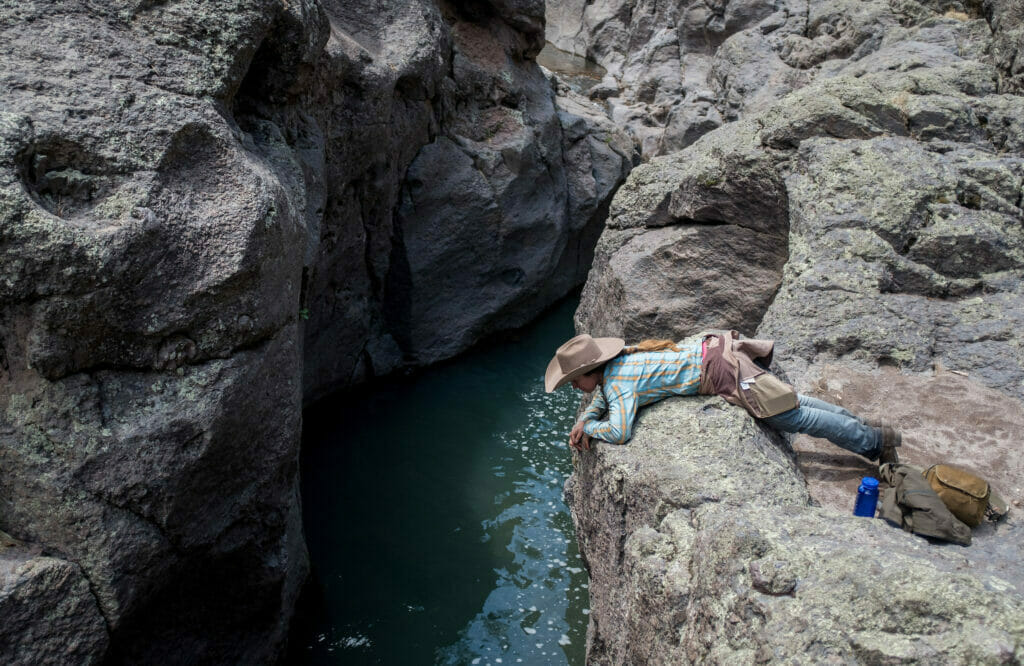
And, by the way, it doesn’t take 30 tugs to hook someone on fly fishing. It takes only one, maybe two, or three. If they don’t get it at that point, it isn’t going to happen. And you can’t make your kid love fly fishing solely by having them catch lots of fish.
So… the real question is this…
Which kid promises to be a life-long angler and actually care about rivers and the creatures that live in and around them? The pullers on fish? Or the kid who explores rivers with purpose and curiosity?
My money is on the frog hunter.
